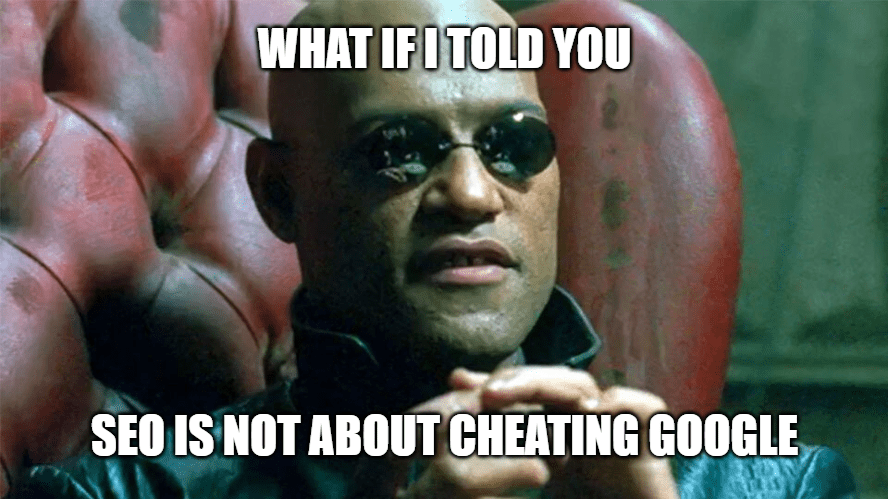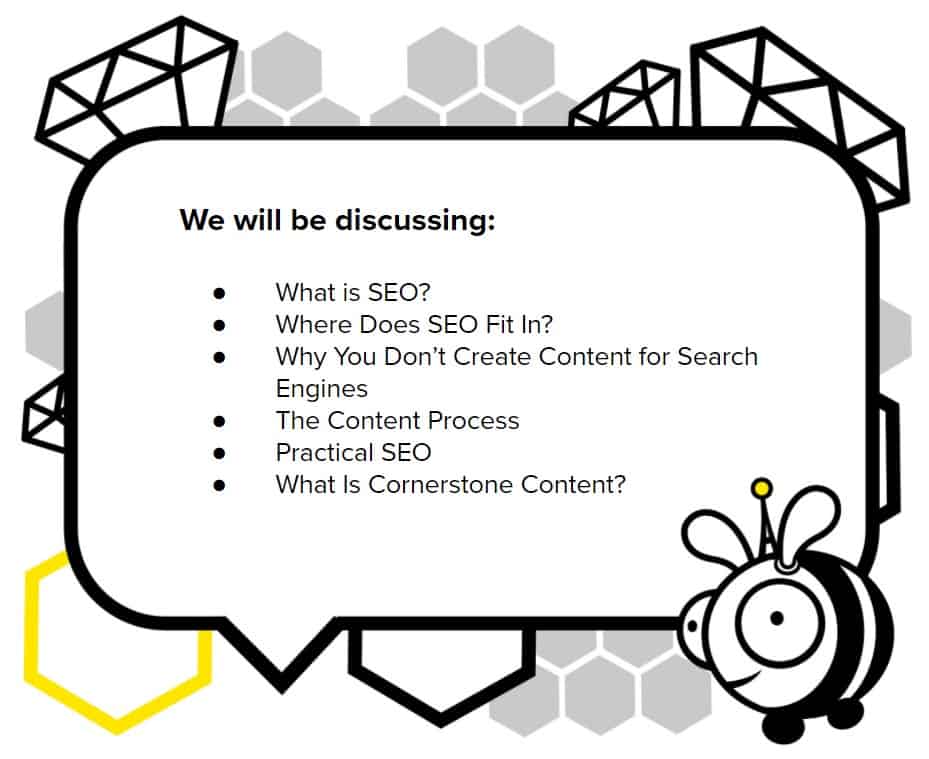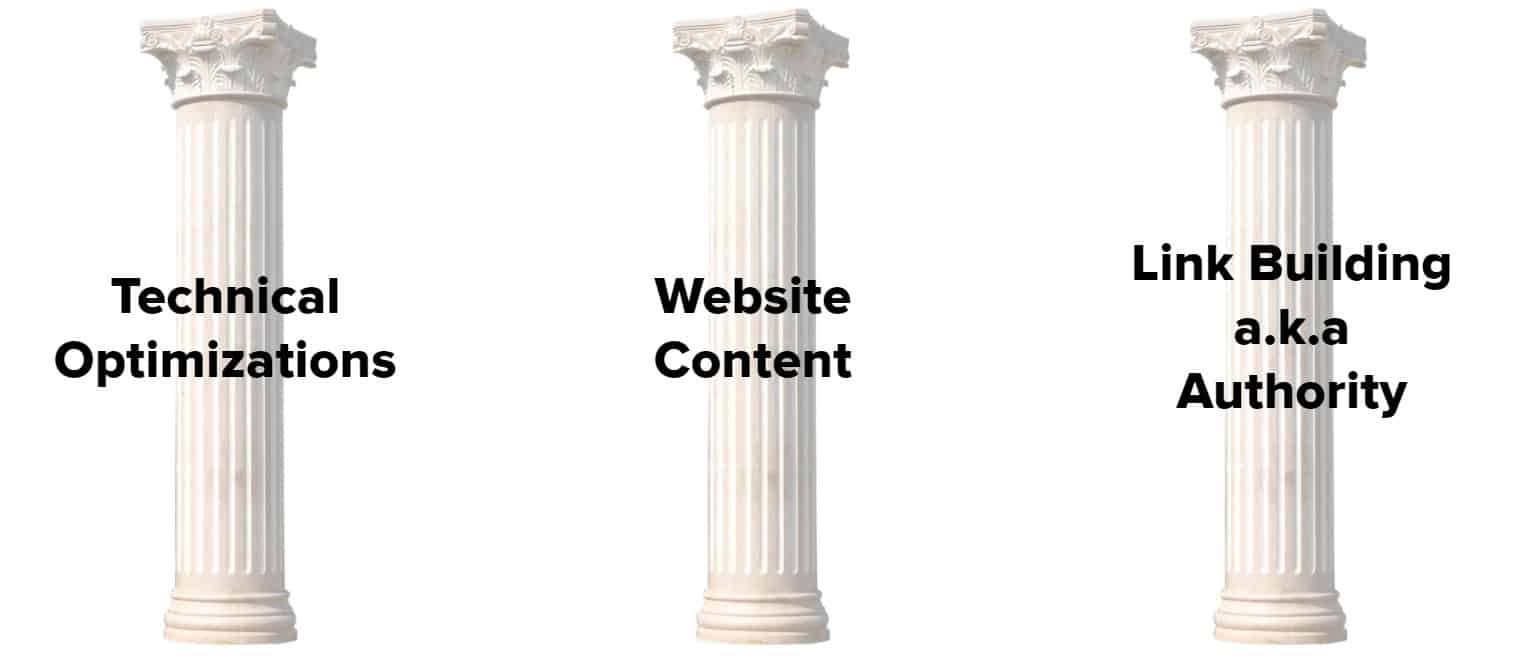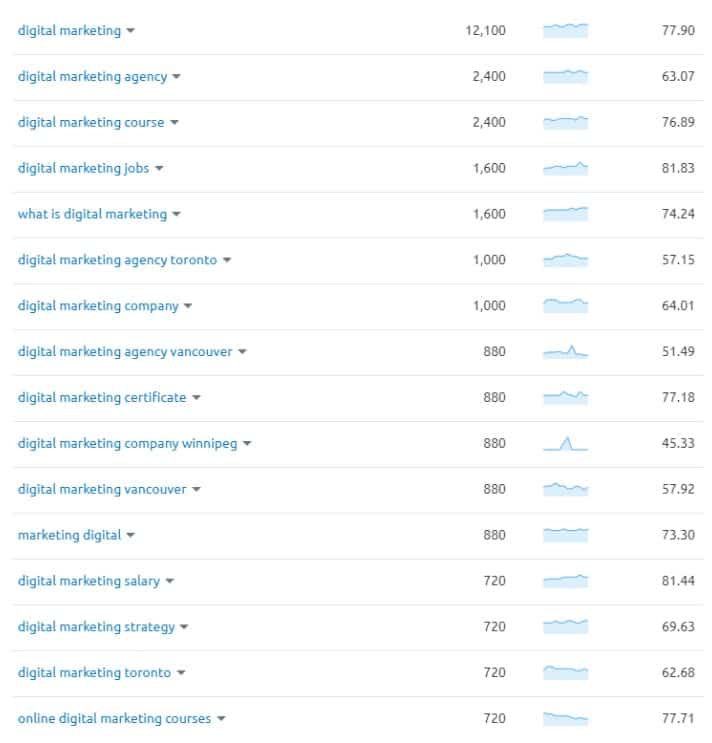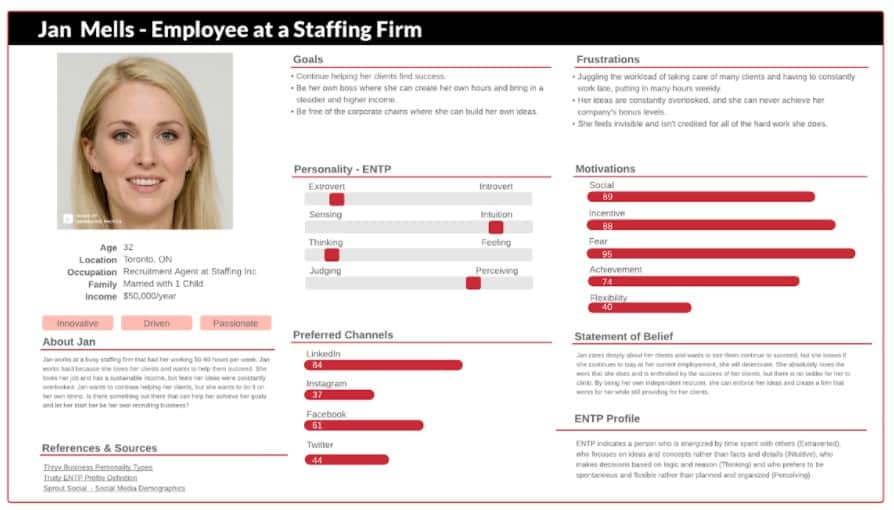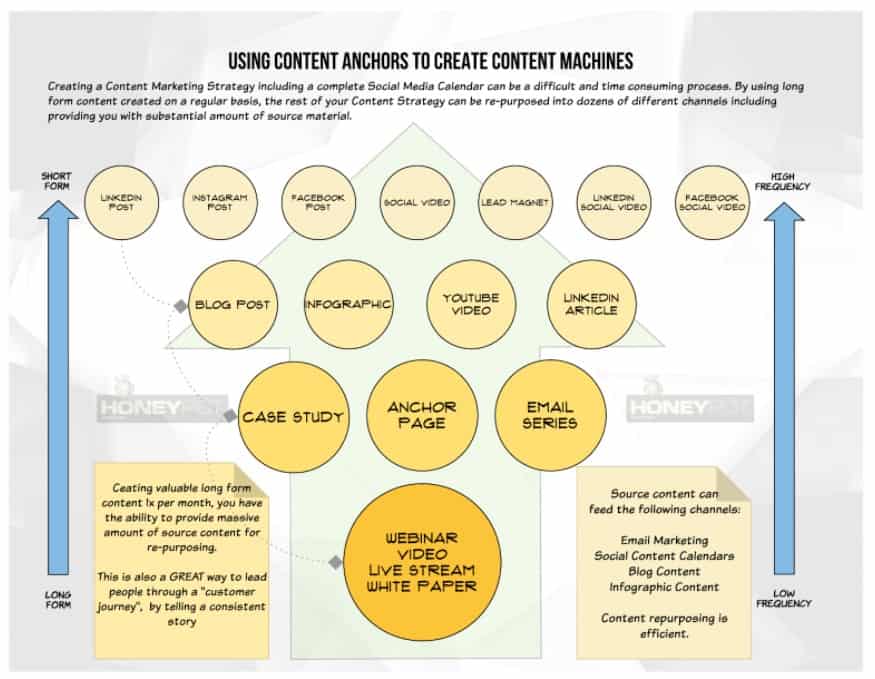How to Use SEO and Content Marketing To Power Your Business Growth
Podcast: Play in new window | Download
Subscribe Today RSS
SEO is quite often misunderstood, so this week we're going to take a deep dive into how to use SEO and content marketing to power your business growth. You don't need to be a wizard to figure it out, and we'll explain why.
What's New?
Some interesting updates this week surrounding vaccines and the global pandemic; check out the articles below!
Canadian companies offer freebies, discounts to vaccinated customers - Canadian companies are trying to move the needle on COVID-19 vaccinations with deals and giveaways for customers who show proof they've received their first dose.
As UGC gets a pandemic bump, brands need to leverage customer content now - Luggage maker Calego says the playbook it developed before COVID-19 has paid off as the importance of UGC grows.
According to a news release, McDonald's deploys marketing muscle for vaccine awareness in a tie-in with Biden admin - McDonald's partnered with the Joe Biden administration to help raise awareness for COVID-19 vaccines.
What's Working?
SEO doesn't exist. Drama, right? We hear stuff like this a lot, and SEO is dead. Perhaps this is because SEO isn't a thing. It's more of a conduit.
Applying SEO more broadly is to channel its specific technical endeavors into content marketing.
To ensure the success of content marketing is to apply SEO techniques in its implementation.
SEO and content marketing work together to elevate your content, making it more refined and accessible.
Let's break down what we'll be talking about:
What is SEO?
SEO is strategized around content marketing since every website needs words, articles, substance, keywords, etc.
Think of a search engine as the path or pipeline that leads you to the type of content people are looking for.
Your SEO research will help define the type of content your audience wants, and in turn, help you develop content that is aligned with what your audience is actively searching for.
There are 3 fundamental optimizations (SEO) pillars that apply to a website for users who discover solutions or solve problems via Search Engines.
Where Does SEO Fit In?
SEO is not magic. You don’t have to be a wizard to do this.
It’s a spectrum, touching on a variety of elements, including, but not limited to:
- Website optimization
- Keywords
- Images
- Tags & meta descriptions
- Content structure
- Backlinks
Why You Don't Create Content for Search Engines
The goal is not to try to woo Google into ranking your content higher. Remember why you're creating content and who you're creating it for.
The goal is to create compelling content. You do this by conducting research, finding out what people are searching for, and then making your content align with those searches.
It's like a game of psychology.
If you're trying to make content for a search engine, you're creating content for a machine and not your audience, and you will not likely get the results you were hoping for.
So, create your content and then optimize.
For your content to rank in search, it has to do more than just hit all the right keywords - it must provide real value to the audience.
It should serve as a conduit into the human mind; otherwise, no one will be interested.
The Content Process
What are people searching for? How do you find out?
Keyword Research is the answer, and it's something you want to do before actually creating content.
There are plenty of tools out there to help you, both paid and free.
SEMRush is at the top of the paid list, and for free options, you have Answer the Public (which also has an excellent premium paid version), and of course, good 'ol Google Search.
Once you have a list to choose from, you can focus on keywords where a more extensive search volume already exists. You also want to look at the KD (Keyword Difficulty), as this will tell you how competitive it will be to rank for those keywords. Generally, you want to aim for the 60 range, approximately.
This helps you narrow down your options and write toward topics (or niches) people are searching for.
Creating Customer Personas (Understanding your Niche/Audience)
Now that you know what people are searching for, you can research to find who these people are that are searching.
Developing a customer persona allows you to understand your ideal customer.
Through the already established keyword research, Facebook insights, and other tools, you can narrow down your persona.
Creating the Content
You’ve got an ideal customer in mind thanks to your persona.
Now you can develop content that supports your research.
Create content that speaks to their needs, building a customer relationship.
Prioritize Quality of your Content over Rankings
This is key. This is where so many make the mistake of creating content for a search engine instead of their actual audience.
If you’re doing these, you might be prioritizing your rankings over your content:
Practical SEO
Publishing quality content will improve your website’s authority and relevance and ultimately increase its SEO power.
Optimizing your content for search engines helps it rank better, so you’ll achieve more of your content marketing goals. Just remember that optimizing your content for search engines is not the same as creating content for search engines.
How can I best optimize my content?
- On-Page Content Optimization
- Title Tags
- Meta Descriptions
- Proper Headings
- Post Length
- Location-Specific Phrases
- Link Optimization
- Anchor Texts
- Naked URLs
- Brand Citations
- Backlinking
- Internal Linking
Optimizing your Content for SEO
- How to Create Optimized Content
- Perform keyword research and determine your topic based on those keywords
- Format for optimal readability
- Use your keywords throughout your content pieces
- Include backlinks throughout your content
- What to Optimize Once Your Content Is Created
- Title Tags
- Meta Descriptions
- URLs
- Images
Your content is now out there, but you can't just forget about it.
Continually optimizing your content can ensure that you stay at the top of the rankings while also providing valuable and relatable content to your customers.
Some things you can do to optimize include:
- Research optimal keywords.
- Use keywords naturally and strategically.
- Optimize title tags.
- Include relevant keywords in the URL.
- Optimize your images.
- Write compelling meta descriptions.
- Link to related authority websites.
- Internal linking – link to your content.
- Make it easy to share.
- Optimize for mobile.
- Continually work to gain quality backlinks.
- Analyze and track your data.
That's a Wrap
SEO is not just about blogs, articles, keywords, and backlinks but also about optimizing.
SEO and content together are the PB&J of digital marketing.
They work together to give you insight into what people are searching for, allowing you to create content that will be easier for people to find.
SEO is the pathway that leads you to the content your audience wants.
As always, thanks for reading; we appreciate you, and if you have any questions, comments, or stories you want to share, sound off in the comments below or hit us up on the socials!
Until next time.

